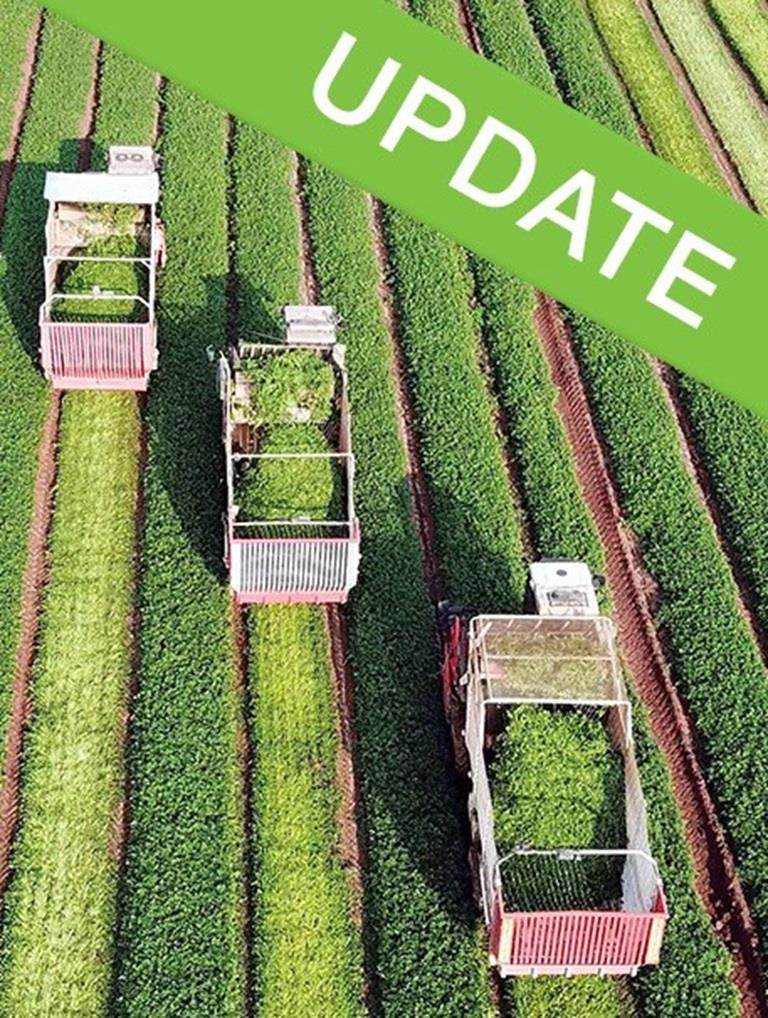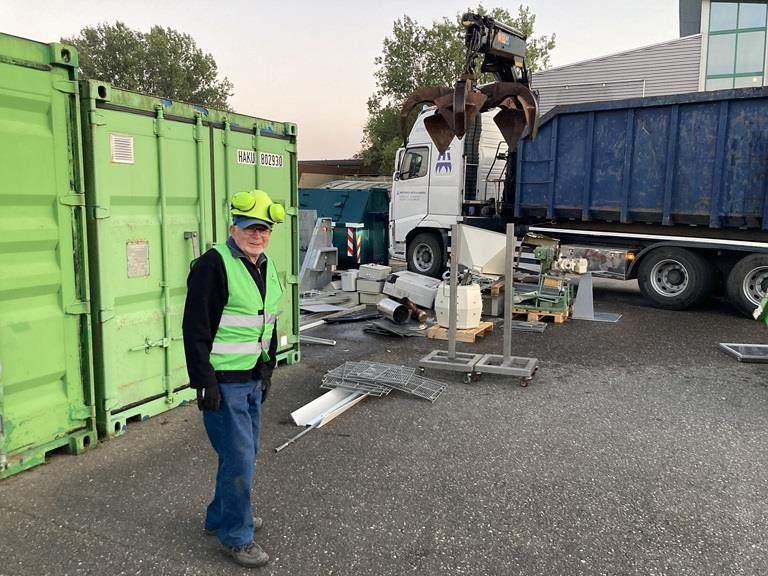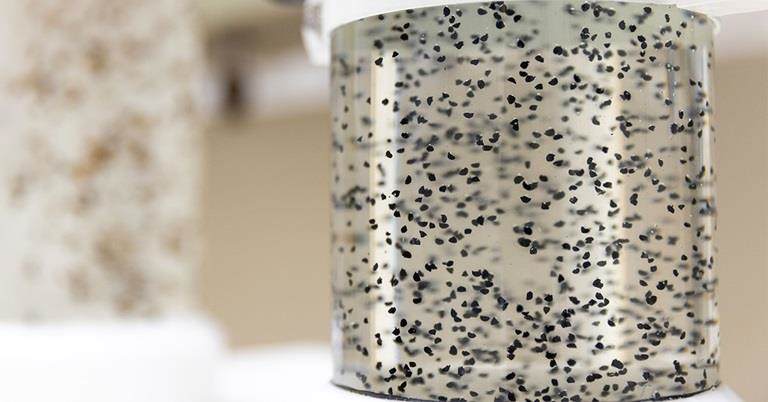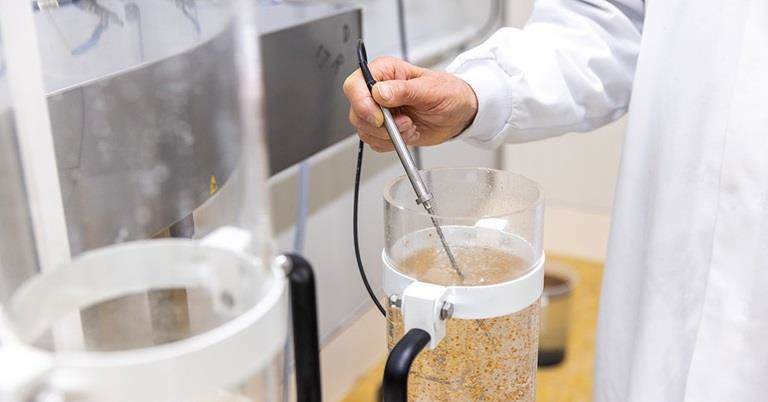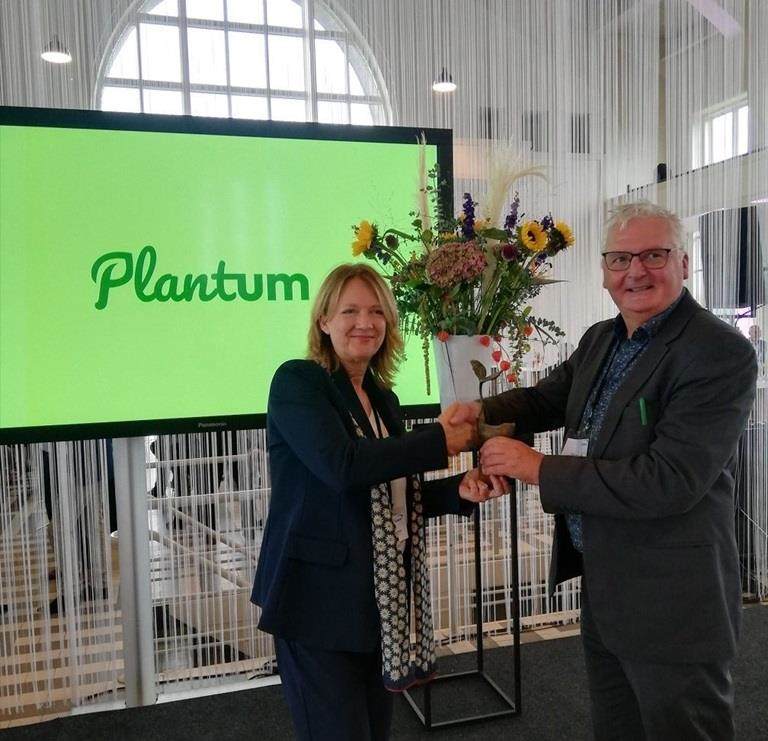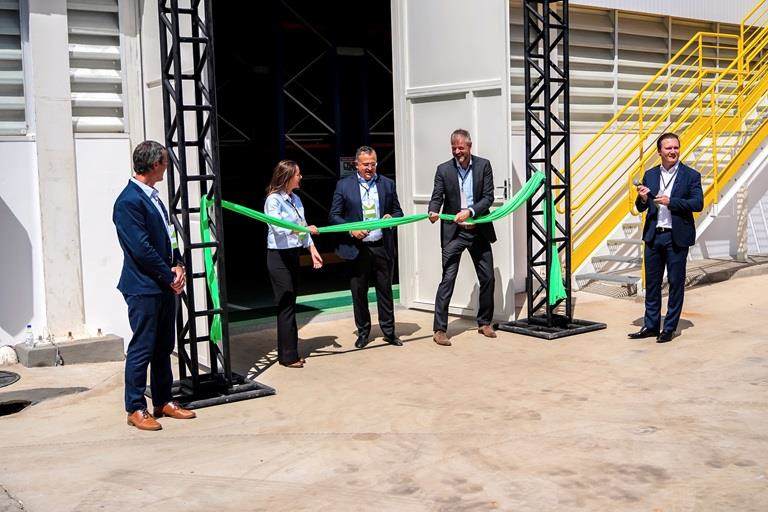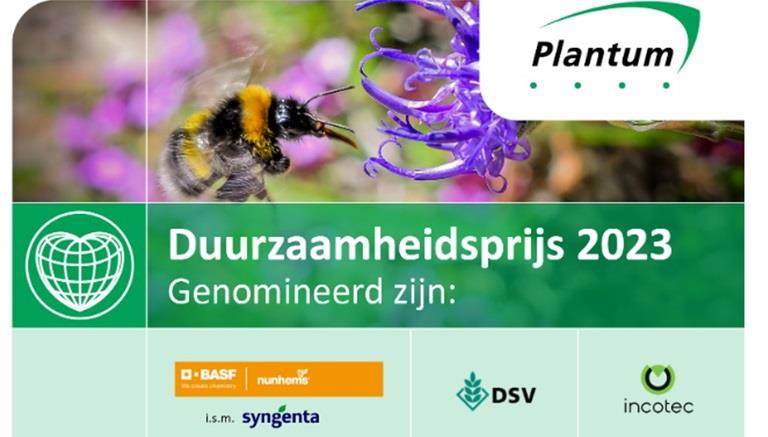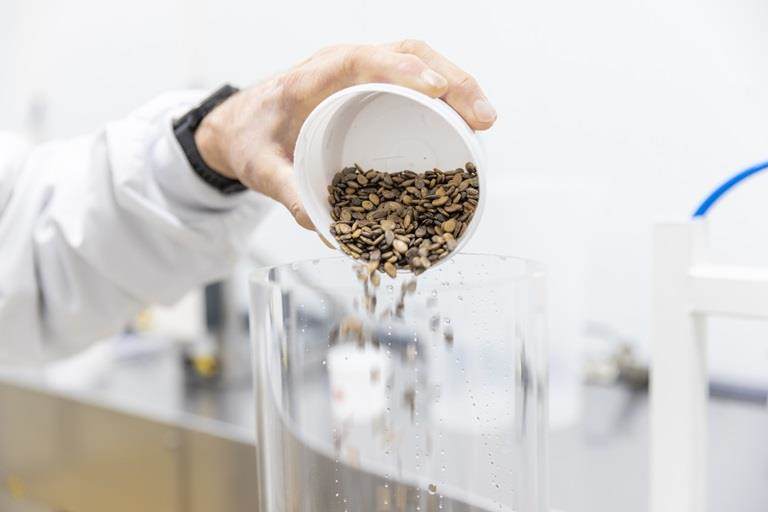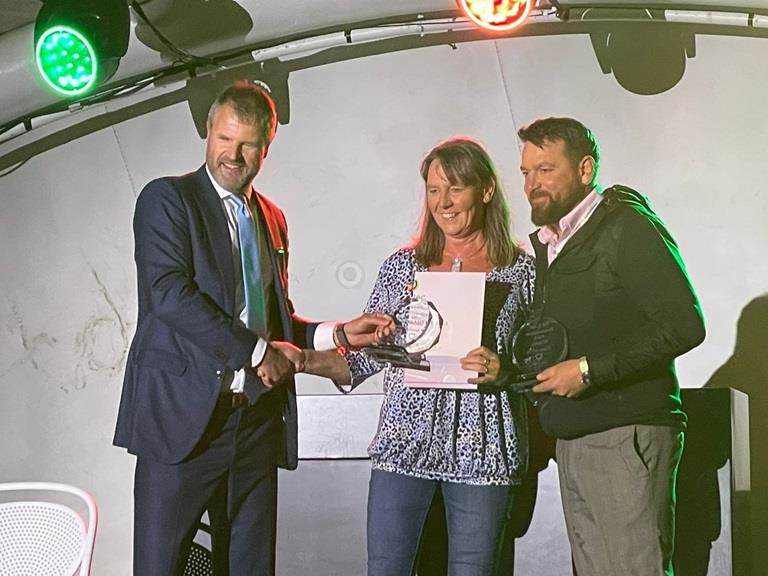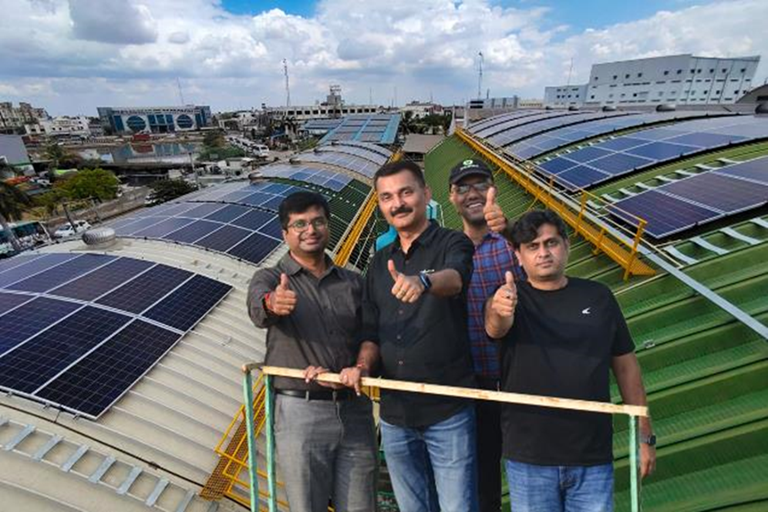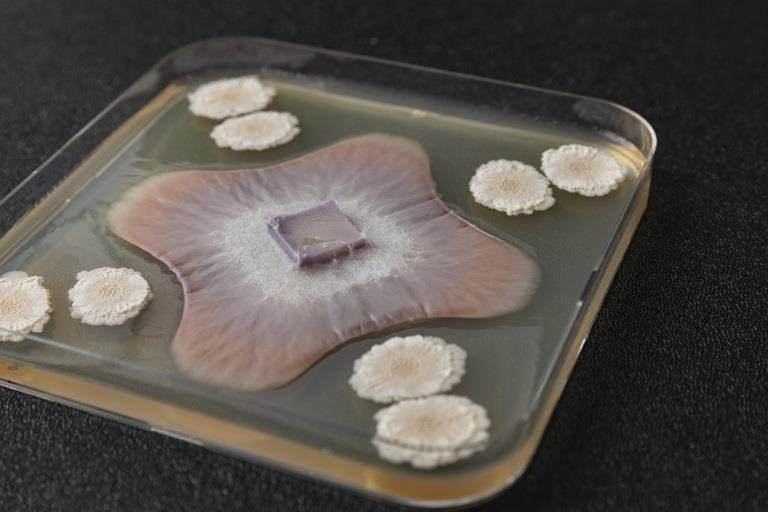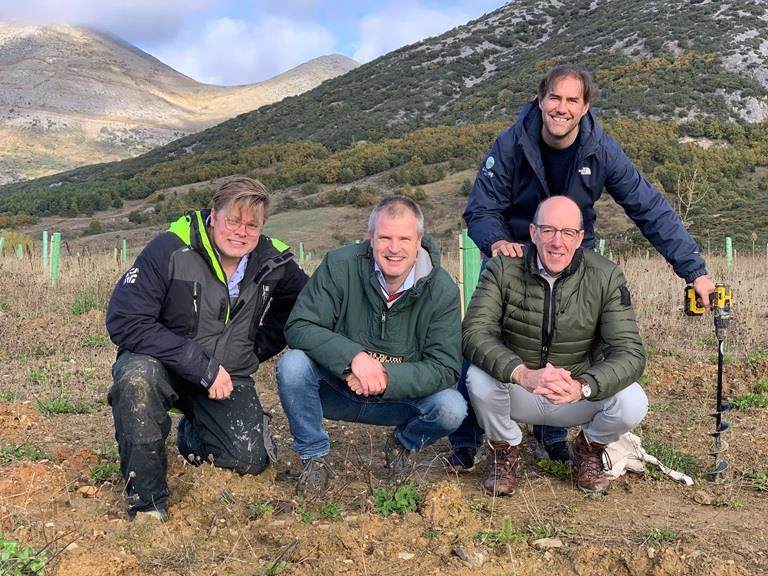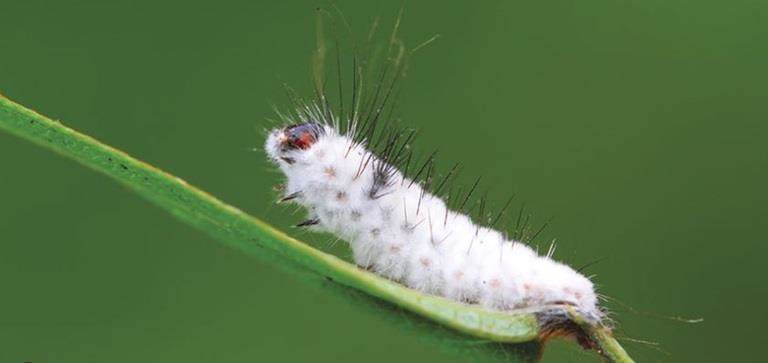Incotec is the seed enhancement company
As part of Croda's Life Sciences business, we specialise in improving the performance and resilience of agricultural seed through seed technology. This leads to a better crop result. We work with seed for field crops and vegetables. The seed enhancement work we do, contributes significantly to the development of sustainable agriculture.
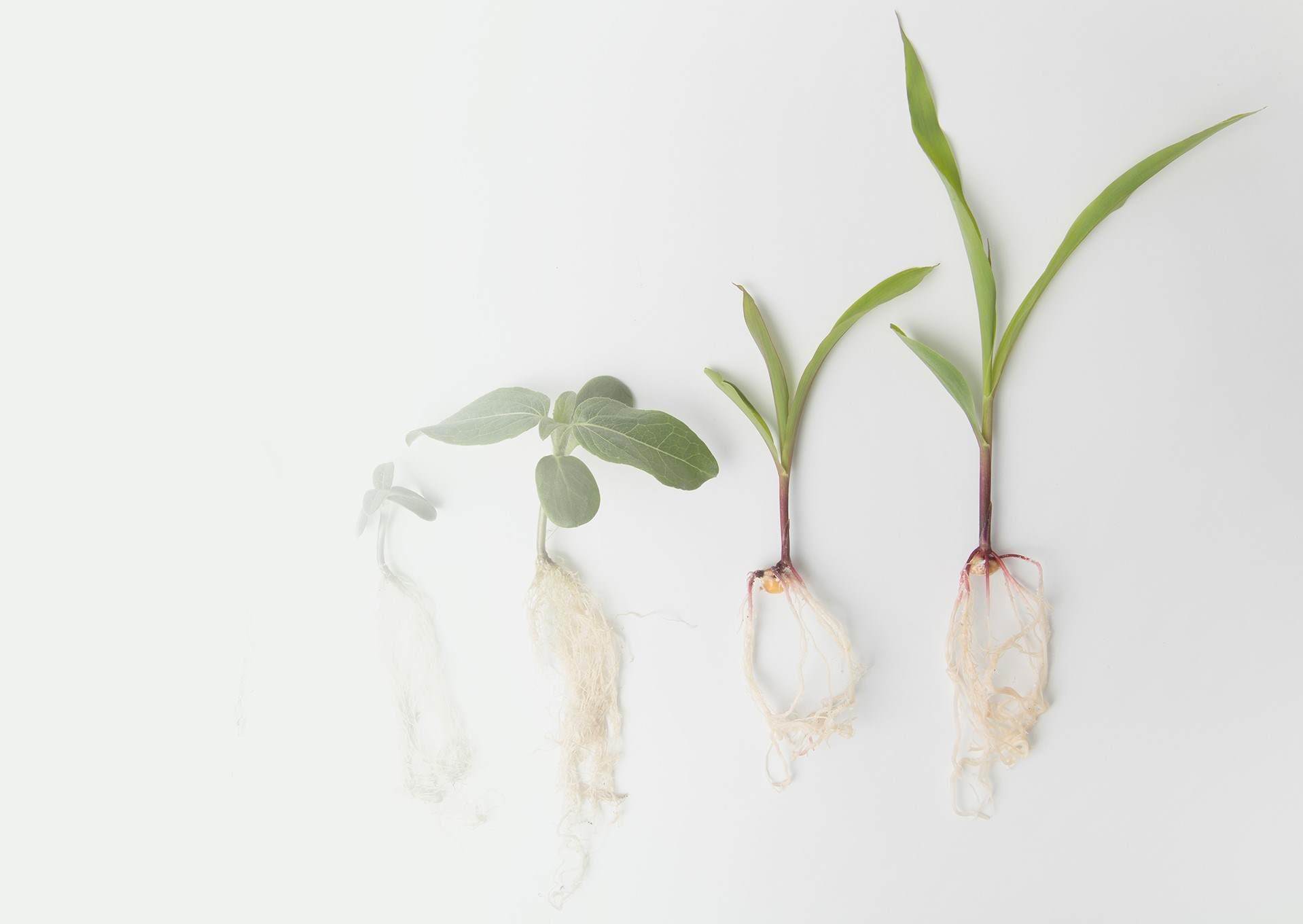
Our latest news
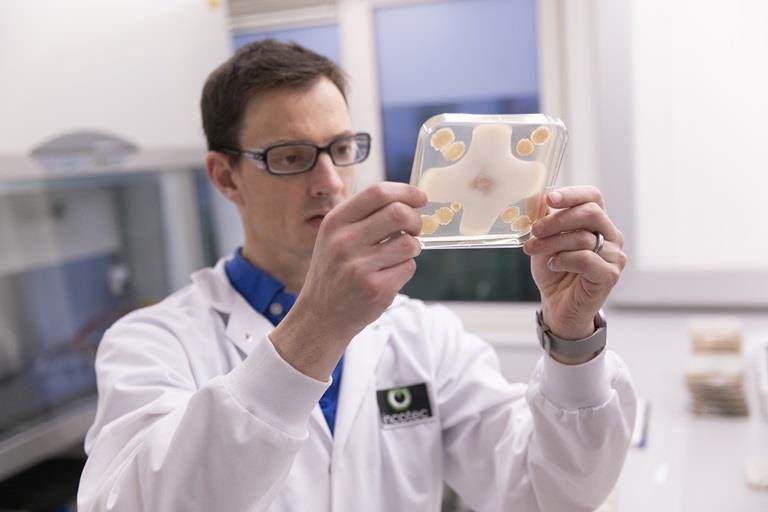
Formulating biologicals for agriculture
The use of biologicals in agriculture has wide applicability, but what do we mean by biologicals and what are the challenges? Discover this and more in our new whitepaper.
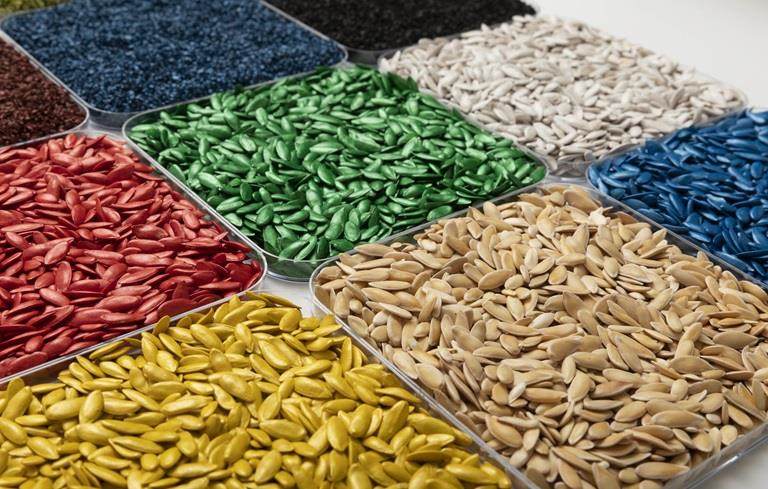
A microplastic free future for seed treatments
As new microplastics legislation transforms agriculture, what does the future hold and how do we get there?
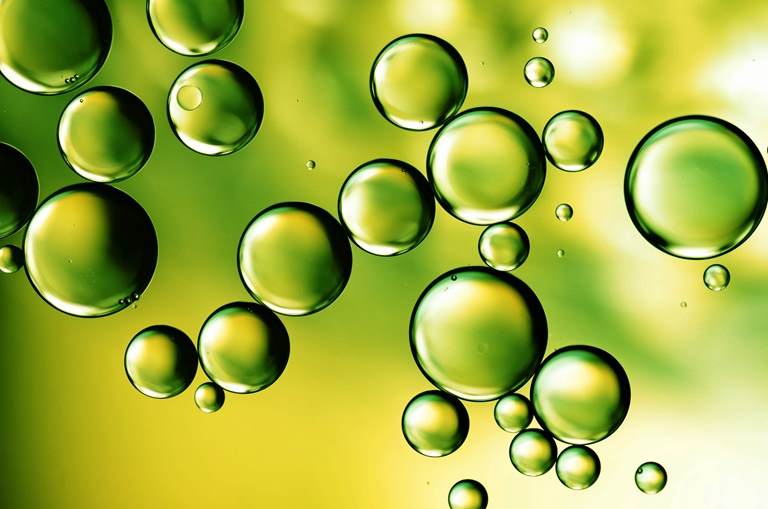
Part of Croda
In 2015 Incotec's expertise in seed enhancement technology came together with the extensive Croda formulation know-how when Incotec became part of Croda. This laid the foundation for innovation and growth.
Croda formulates its purpose as 'Smart science to improve lives'. Incotec aligns fully with this by developing solutions that contribute to feeding the world through sustainable agriculture.
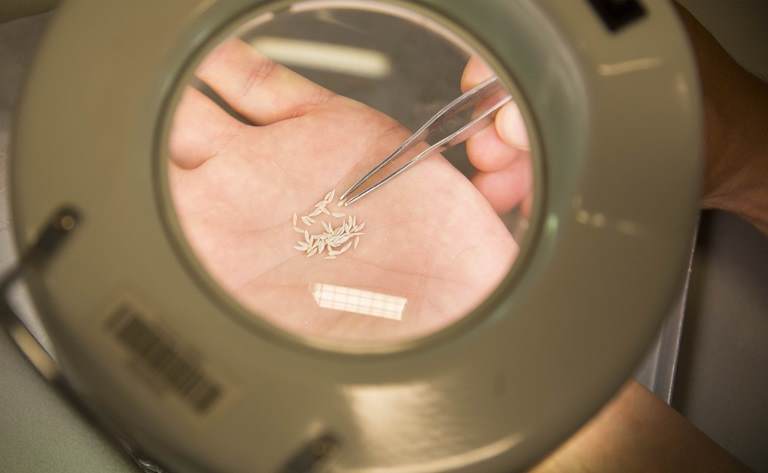
What we do
Incotec has various innovative technologies that improve the resilience and performance of seeds. We have a great deal of knowledge not only in the field of biology and physiology (the seed), but in technique and formulations too. That is what makes us the experts in combining the living seed with different coatings and other products such as plant protection products and nutrients.
About us
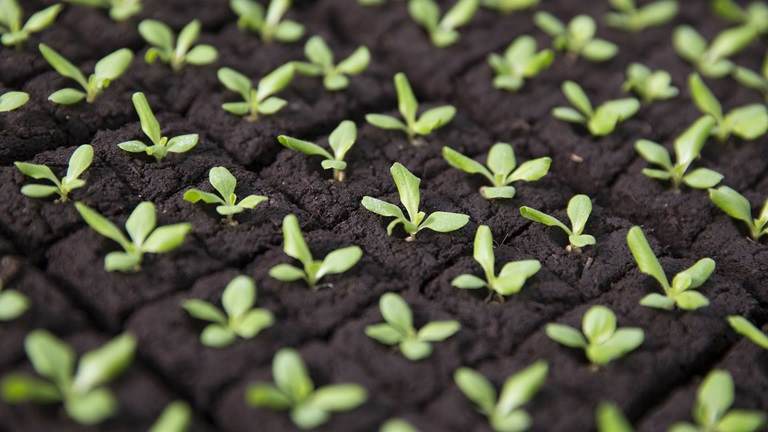
Seed technologies
Our technologies are designed to improve the vitality and performance of vegetable and field crops seeds and in this way contribute to global food security. These technologies range from cleaning, upgrading and priming (pre-germination) to pelleting, film coating and encrusting.
Find out more
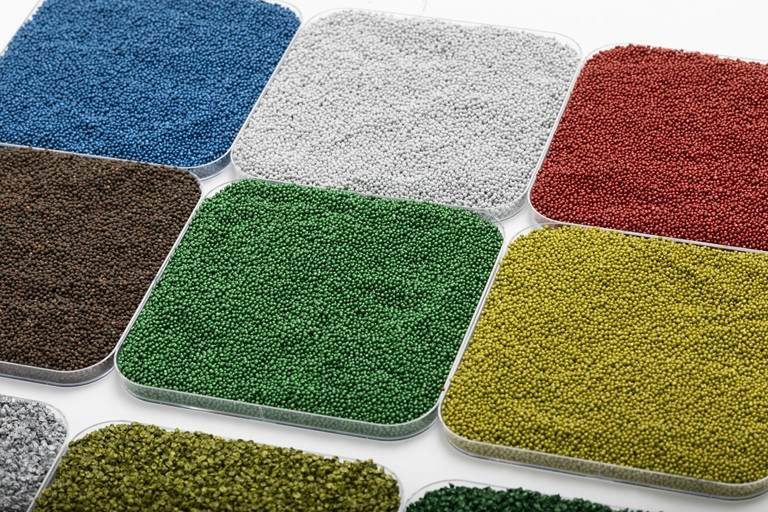
Microplastic-free seed coatings
With the use of microplastics in seed treatment expected to be banned soon in Europe, and other regions of the world likely to follow, the need for microplastic-free seed treatments has never been greater. Helping customers get ahead of a major regulatory impact, we are expanding our line of microplastic-free seed coatings. Our new-generation seed solutions include products for both vegetables and field crops.
Read more

Where we operate
Incotec's products are customised to meet the requirements of specific crops and their particular growing conditions and climates. That's why we have production and sales offices all around the world serving customers on every continent.
Where you can find us
Looking for a seed solution for your crop?



